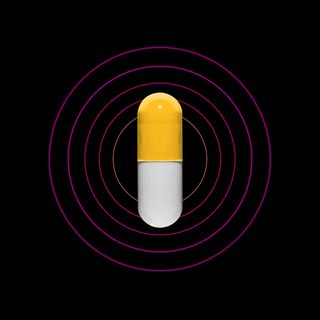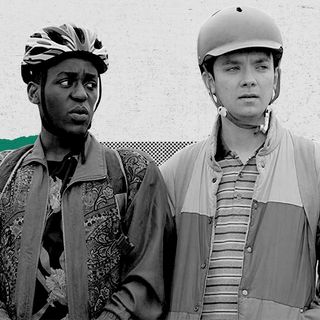Goosebumps, more scientifically called piloerections, are essentially useless. They are a leftover, involuntary bodily reaction to stress as part of a larger flight-or-fight response used by our animal ancestors. As humans evolved, the need for goosebumps disappeared, but the visual element of plucked-looking skin, especially in stressful situations, remained.
So why do they still happen? In our animal ancestors, the whole mechanism behind goosebumps was supposed to give animals protection from the cold. This involved the release of adrenaline as directed by the brain’s pituitary gland — a hormone that’s released when animals are cold to speed up heartbeat and increase body temperature, and in the case of goosebumps, also cause miniature muscles related to each hair follicle under the skin to contract. This led to the fur on animals’ skin to stand up, creating a thick hair coat that trapped tiny amounts of air between raised strands, providing insulation. In humans, however, goosebumps fail to achieve this end goal, simply because we have nowhere close to the amount of hair it would take to stand up and insulate us from the cold. In its absence, our body still reacts to the cold as it did with our ancestors, and the muscle movement that gives rise to goosebumps does generate some heat, but goosebumps don’t necessarily accomplish the heat-trapping function on the surface in the same way anymore.
Goosebumps, then, essentially started off as an adrenaline-fueled, survival-slash-fighting response that helped keep our animal ancestors alive. In a similar vein, they also helped them deal with threats — the hair-raising effects of goosebumps succeeded in making animals look bigger against an adversary, lending them an advantage in the wild.
Related on The Swaddle:
Why Art, Music Give You Skingasms
The survivalist origins of goosebumps still echo in humans today. The responses to the physical trigger of a cold environment, or a physical or perceived psychological threat, involves various stages of the body’s fight-or-flight response — in our animal ancestors and in modern-day humans.
Today, our fight-or-flight response gets triggered for a variety of reasons, from experiencing fear in a dangerous situation to experiencing an intense emotion such as shock or pleasure. The way in which these intense emotions get processed in the brain is similar to how our ancestors responded to threats, at least momentarily. The amygdala and hypothalamus regions of the human brain, in response to an intense experience, dispatch an urgent message to the rest of the body, urging it to react. One of the systems that kick into high gear is the sympathetic nervous system, which then contacts the adrenal glands that release adrenaline to prepare the body for a fight-or-flight response. This response results in involuntary responses throughout the body, such as goosebumps. By the time the intense experiences get correctly identified and categorized in the brain, the human body realizes there isn’t an active threat in its surrounding, which removes the stress response, and explains why goosebumps disappear so suddenly.
Be it reading a shocking piece of news, experiencing sexual arousal, watching a horror movie, or listening to a particularly potent piece of music — any activity that triggers a deep and intense emotional response from us is likely to give us chills and goosebumps, simply because of the brain reactions involved in processing complex experiences. It doesn’t matter that the modern human experience is different from our animal ancestors; as long as we feel things deeply, we will see those feelings manifest on our skin, suddenly and unpredictably.




